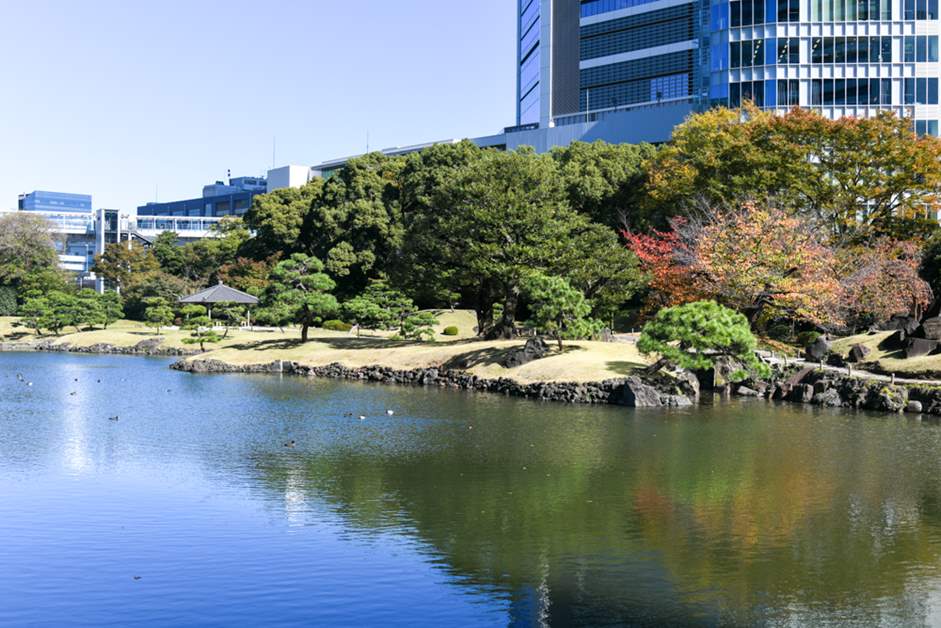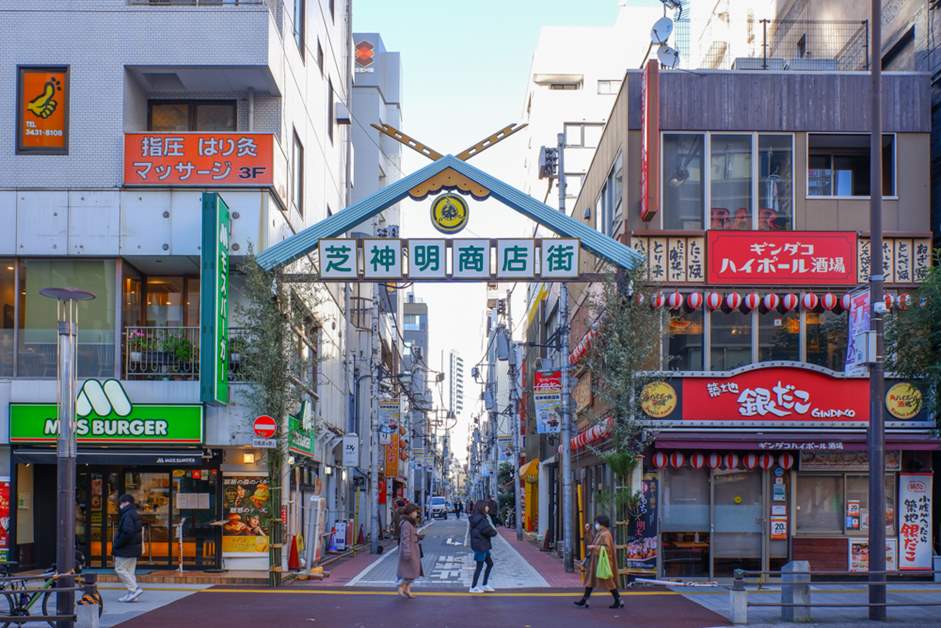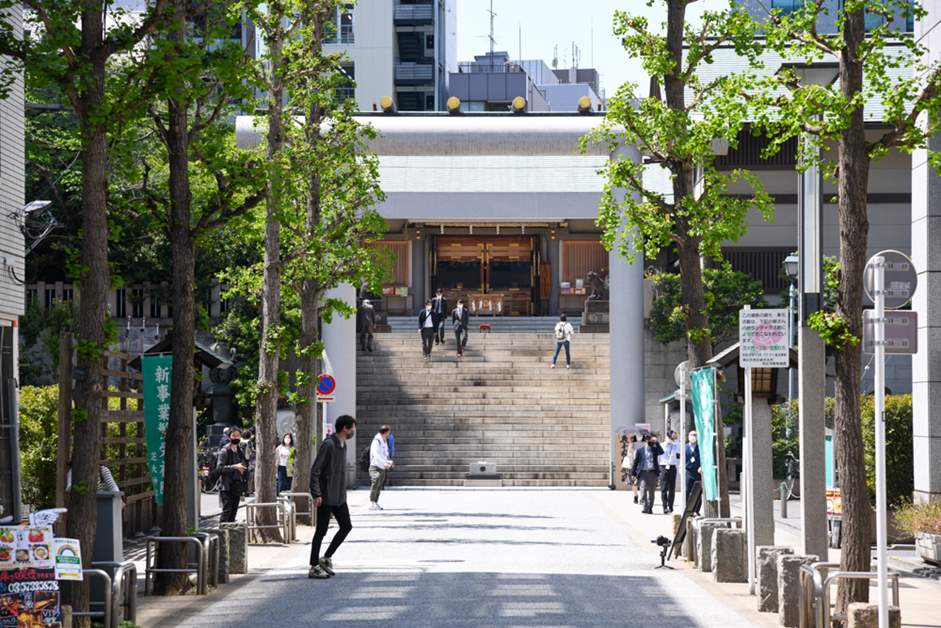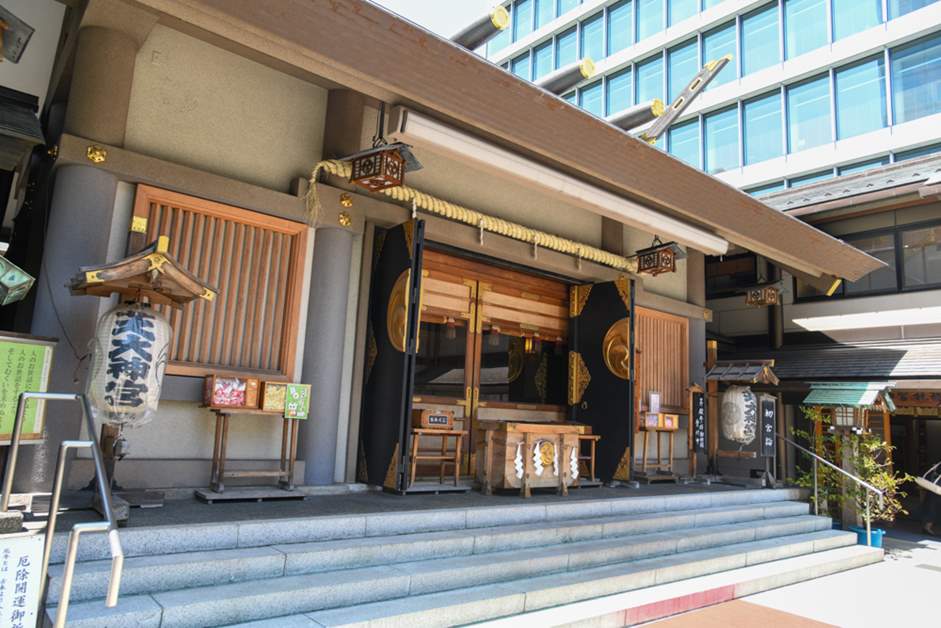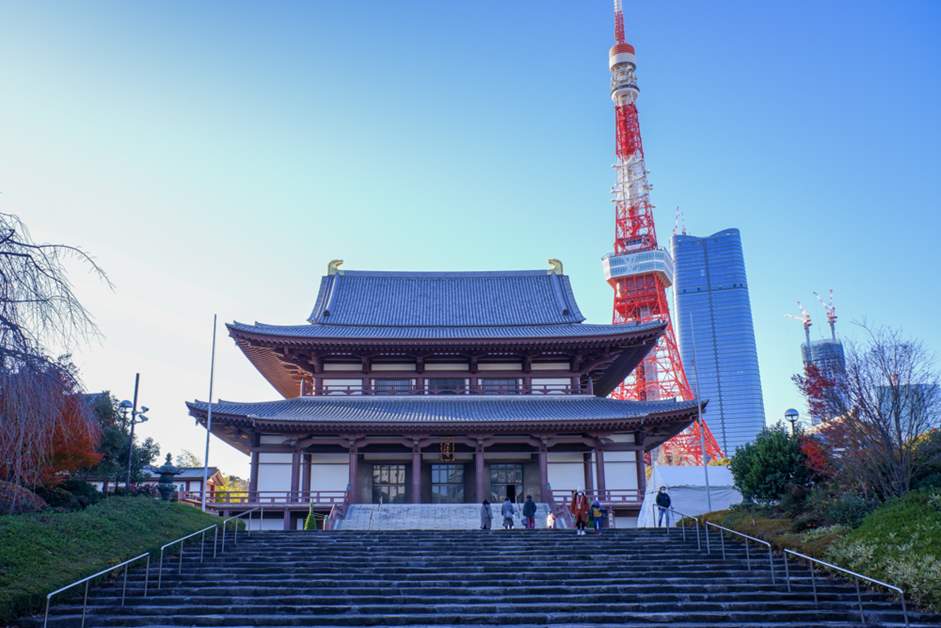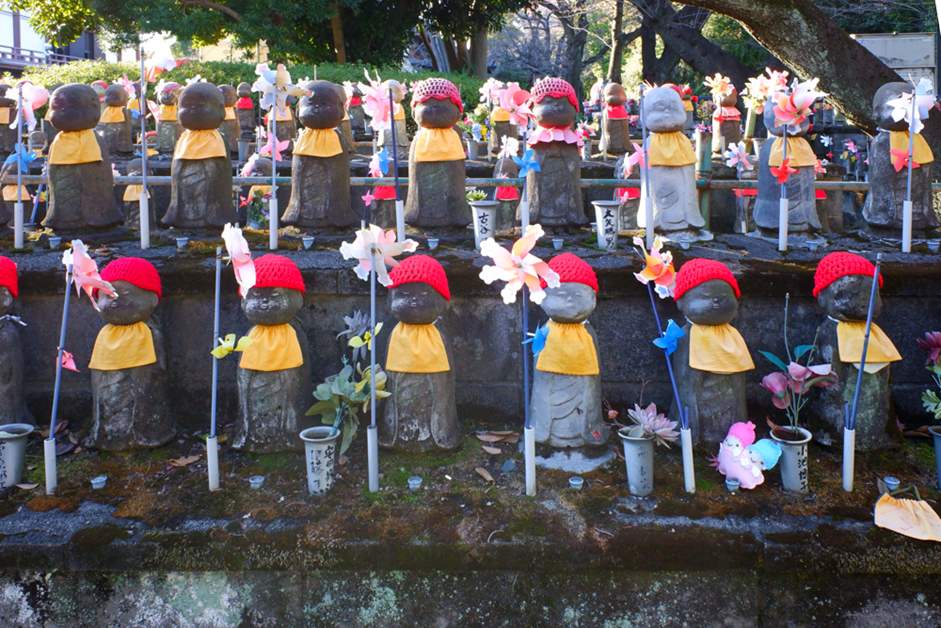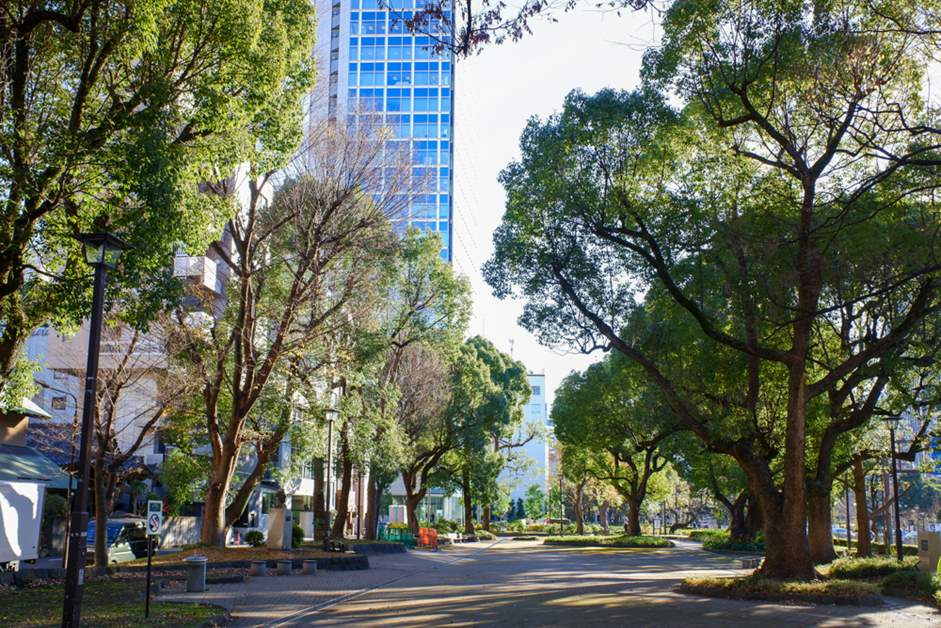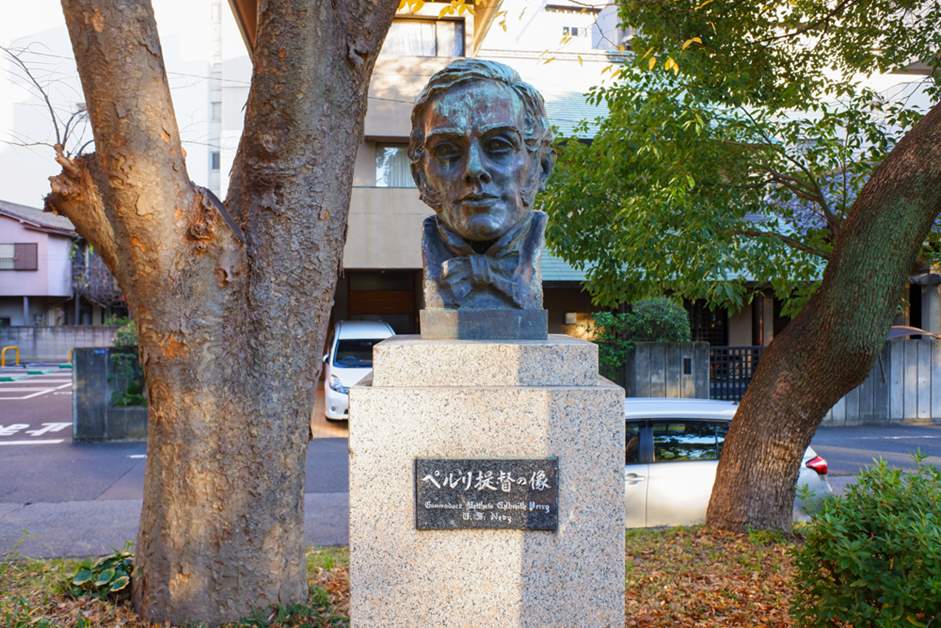【For foreign tourists】Directly connected from Haneda Airport by monorail! Visit at Hamamatsucho Station, the gateway to the city center "Shiba-Daimon Golden Route"
The Tokyo Monorail is the main means of getting from Haneda Airport (Tokyo International Airport) to central Tokyo. Hamamatsucho Station, the terminal station, is the "gateway to the city center" that is directly connected to the JR station. Hamamatsucho Station is convenient for access to various parts of Tokyo, but in fact, the Shiba-Daimon area where this station is located is also a popular town for foreign tourists who can encounter the scenery of the Japan. Therefore, this time, under the title of "Shiba-Daimon Golden Route", we will guide you to the famous places that you should visit without ever passing through Hamamatsucho Station. Introducing "This is Japan" spots between Hamamatsucho Station and Tokyo Tower!
Start your walk from Hamamatsucho Station on the Tokyo Monorail!
14 minutes from Haneda Airport Terminal 3, where international flights arrive. After leaving the airport, the monorail passes through the skyscrapers and arrives at the terminus Hamamatsucho Station. The ticket gate is on the 3rd floor, which is down the stairs from the platform on the 5th floor of the building. You can change to JR as it is, but this time you can exit the ticket gate here and go for a walk in the Shiba-Daimon area. It takes about 20 minutes to walk from here to Tokyo Tower, but I would like to make various detours to the goal slowly.
Stroll through the Japan natural scenery at Daimyo Garden
When you step out of the building, you can see JR Hamamatsucho Station with bullet trains passing by on the overpass on your right, and the cityscape of the Shiba-Daimon area with Tokyo Tower in the background on your left. First of all, I would like to go to the right and visit the "Old Shiba Rikyu Garden" right next to JR Hamamatsucho Station.
With the unification of Tokugawa Ieyasu, the political center was first placed in Edo (present-day Tokyo) during the Edo period (1603-1868). The feudal lords (local lords) of each domain serving the Tokugawa shogunate were also given fiefdoms in the city of Edo and built daimyō residences there. The area where the current Minato Ward is located was close to Edo Castle, so it is an area where many daimyo residences were built. Many feudal lords' residences had magnificent daimyo gardens, and the gardening skills of each domain were fully invested.
In the Edo period, there were hundreds of daimyō gardens in Edo alone, but most of them were dismantled as the times changed from Edo to Tokyo, and only 23 still exist. One of them is the "Old Shiba Rikyu Onshi Garden", which is estimated to have been built between 1678 and 1686 as the residence of the elder Okubo Tadatomo.
A strolling spring water garden is a style garden in which you can enjoy the scenery while walking around the pond and strolling through the large garden. The gardens here are a prime example. The park, dotted with mountains and islets, is rich in varied scenery, and visitors can sit on benches set up in various places along the walking path and enjoy the scenery from various angles. In particular, you can see the natural scenery that is Japan throughout the four seasons, including the cherry blossom season from late March to early April and the autumn foliage season from late November to early December.
Enjoy 100-year-old gourmet food in a historic shopping street
After looking at the former Shiba Rikyu Garden, let's head in the direction of Tokyo Tower. The area around Hamamatsucho Station has been an office district for a long time, so during the day on weekdays, there is a quiet atmosphere where business people and tourists mix. Therefore, there are many gourmet spots that satisfy the stomachs of workers. For example, across the first intersection, the Shibajinmei Shopping Street on the right is also a neighborhood where popular restaurants gather.
While retaining the atmosphere of an old-fashioned shopping street, Shiba Shinmei Shopping Street is a place where long-established stores that have been around for more than 100 years and urban new stores coexist. There are also restaurants that you can easily enter, such as bars, and you can find delicious gourmet food whether you go during the day or at night.
If you are looking for traditional gourmet food in Japan, we recommend the soba noodles that you can enjoy at Shibadaimon Sarashina Fuya, which was founded in 1791. 28 soba noodles, which are made with a ratio of 80% soba flour and 20% wheat flour, are the "taste of Edo" that has been loved for more than 200 years. On the other hand, if you want to eat sweets, we recommend Enoshima Naka, which can be bought at Shiba Shinmei Eitaka, which was founded in 1885. The shell-shaped midaka (a Japanese confectionery made from mochi with bean paste sandwiched between the skins) is also attractive for its miniature cuteness. Please enjoy the taste of Edo's craftsmanship.
Experience visiting a shrine for the first time at Shiba Daijingu Shrine, which has a history of more than 1,000 years
As I walked along the Shibashinmei shopping street, I arrived at a corner surrounded by a particularly quiet atmosphere. Shiba Daijingu Shrine, with its impressive white approach, was built more than 1,000 years ago in 1005.
This shrine enshrines Amaterasu, the highest deity among the eight million gods in Shintoism, and the god of food and industry, Bunshi Ōkami, as the main deities. In addition, due to its history of attracting the faith of many people, it is also a famous place that is counted as one of the "Tokyo Ten Shrines" with high prestige among the shrines in Tokyo.
If you are interested, go through the torii gate and visit the main shrine. When visiting a shrine in Japan, the basic etiquette is to purify both hands with water from the water shed in the precincts, put the offering in the offertory box, and "two bows, two beats, one bow (two bows, two clapping, and one rebuke)." I'm sure this experience will be one of your Japan memories.
Impressed by the overwhelming scale of temple architecture at the Tokugawa family's Bodhi Temple
Now, if you walk towards Tokyo Tower again, you will see the huge Three Liberation Gates of Zojoji Temple at the end of the street lined with cafes.
Founded in 1393, Zojoji Temple became the Tokugawa family's Bodhi Temple (a temple with tombs for generations) after Prince Tokugawa Ieyasu entered Edo in 1590 and was moved to its current location. The 21-meter-high Sanliberation Gate was built in 1622 and is the only building in the temple that has survived since the early Edo period. The vermilion-painted gate, which means "liberation from the three disturbing emotions of covetousness, anchorage, and stupidity," exudes majesty and is very photogenic!
The vast precincts are dotted with the Brahma Bell, which is counted among the three famous bells of Edo, the Jiunkaku Pavilion, and the Ankoku Hall, which are also counted among the three famous bells of Edo, centered on the huge main hall. On the other hand, just after passing through the Three Liberation Gates, there is a "Grant pine" that General Ulysses S. Grant, the 18th president of the United States, planted when he visited Japan in 1879. Nearby is the "Bush Maki (Bush Maki)" planted by George Bush, also the 41st president of the United States, when he visited Japan in 1982, and it is also a spot where you can feel the connection between Japan and the United States.
On the other hand, in the western corner, you can see the unique scenery of the "Senkoku Jizo Bodhisattva". The countless Jizo Bodhisattvas that the Dan family members set up in the hope of the healthy growth of their children and grandchildren are dressed differently, and each one is warm and cute. This is also a point that you will want to leave in the photo.
After Shiba Park, finish at Tokyo Tower!
The last thing I would like to introduce is the Shiba Park that spreads around Zojoji Temple.
Shiba Park opened in 1873 as one of the "first parks in Japan". Boasting an area of 122,000 square meters, there are various monuments, including a statue of Admiral Perli (Matthew Perry), who triggered the opening of the country to the Japan of the Edo period, and the "Lamp of Peace," which collected the fires of Hiroshima and Nagasaki in hopes of the abolition of nuclear weapons and lasting peace in the world. The vast park overlooking Tokyo Tower is perfect for resting your tired feet after strolling. If you have time, be sure to stop by.
If you walk to Zojoji Temple, Tokyo Tower is just around the corner. At the goal, a spectacular view overlooking the city of Tokyo awaits. Did you fully convey the charm of the "Shiba-Daimon Golden Route"? If you find a favorite scenery, I would be happy if you could share it on SNS.







